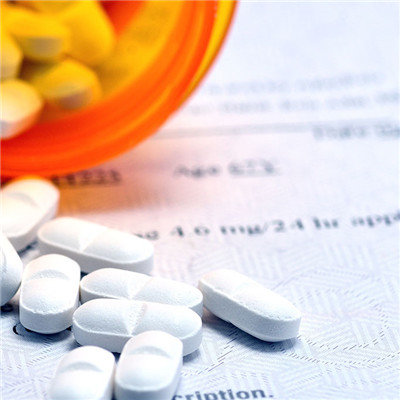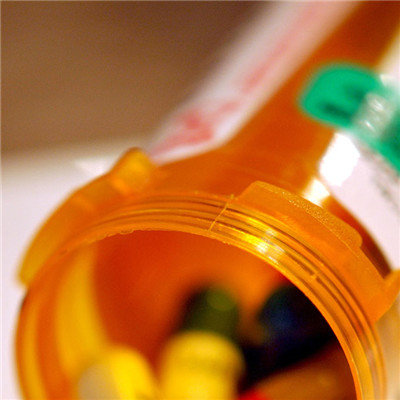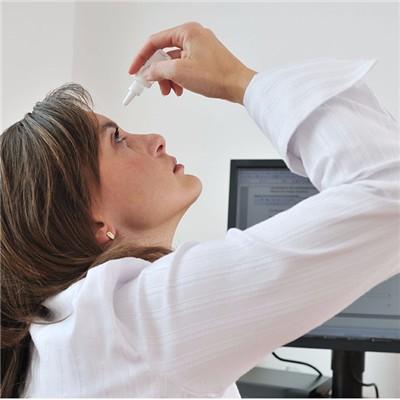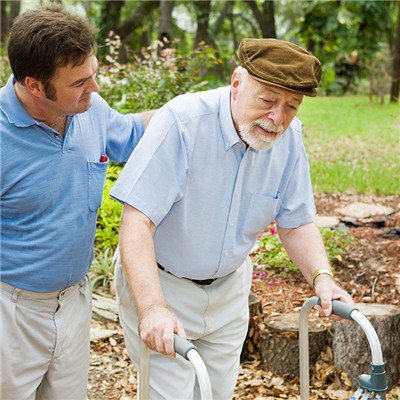What symptom does carbon dioxide poison have?
summary
Carbon dioxide poisoning is caused by long time exposure to low concentration of carbon dioxide or sudden exposure to high concentration of carbon dioxide. The former is mainly characterized by headache, dizziness, inattention, memory loss, etc; The latter is mainly manifested as cerebral hypoxia, which can cause reflex respiratory arrest and sudden death. Under normal circumstances, the carbon dioxide content in the exhaled gas is about 4.2%. The partial pressure of carbon dioxide in blood is higher than that in alveoli. Therefore, carbon dioxide in blood can diffuse in alveoli. What symptom does carbon dioxide poison have? Let's talk about it
What symptom does carbon dioxide poison have?
Suddenly into a high concentration of carbon dioxide environment, most people can in a few seconds, due to respiratory center paralysis, suddenly fall to the ground and die. Some people can feel dizziness, palpitation, delirium, convulsion and coma. If you do not leave the scene in time, rescue, prone to danger, must quickly out of danger, the patient can immediately wake up.

If it is delayed for a time, the condition will continue to aggravate. There will be coma, cyanosis, vomiting, cough, white or bloody sputum, incontinence of urine and feces, convulsions, and ankylosis of limbs. Physical examination showed that corneal reflex and orbital baroreflex disappeared and bilateral pathological signs were positive.

They may die of high fever, shock, respiratory and circulatory failure, or liver and kidney failure. Some patients may have sequelae, such as neurasthenia, symptomatic epilepsy, tremor paralysis and decortication.

matters needing attention
Get out of the scene quickly and breathe fresh air or oxygen. The patient's collar should be loosened to keep the respiratory tract unobstructed; keep warm; Pay attention to observe the state of consciousness and monitor vital signs. For patients with respiratory and cardiac arrest, they should insist on artificial respiration, chest cardiac compression or chest massage, and should not give up rashly. Patients with dyspnea were injected with respiratory stimulants, such as lobeline hydrochloride and Nikethamide, intramuscular injection.













